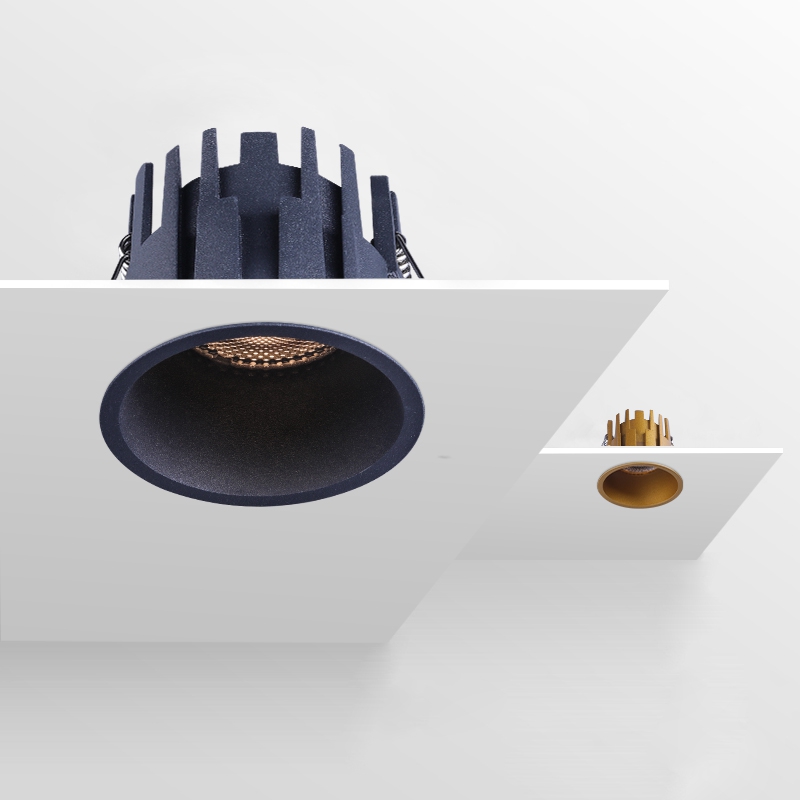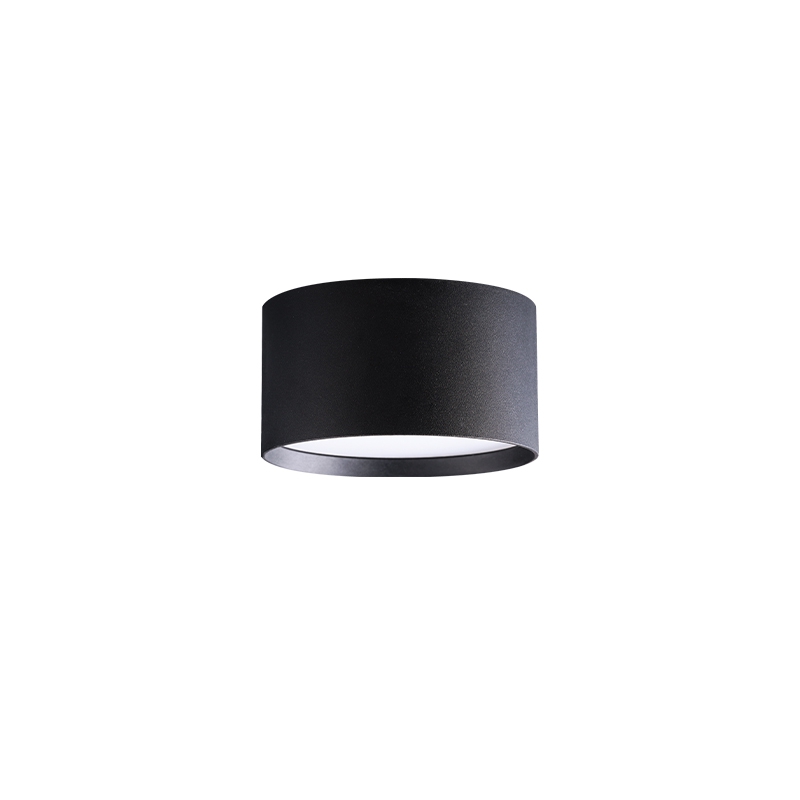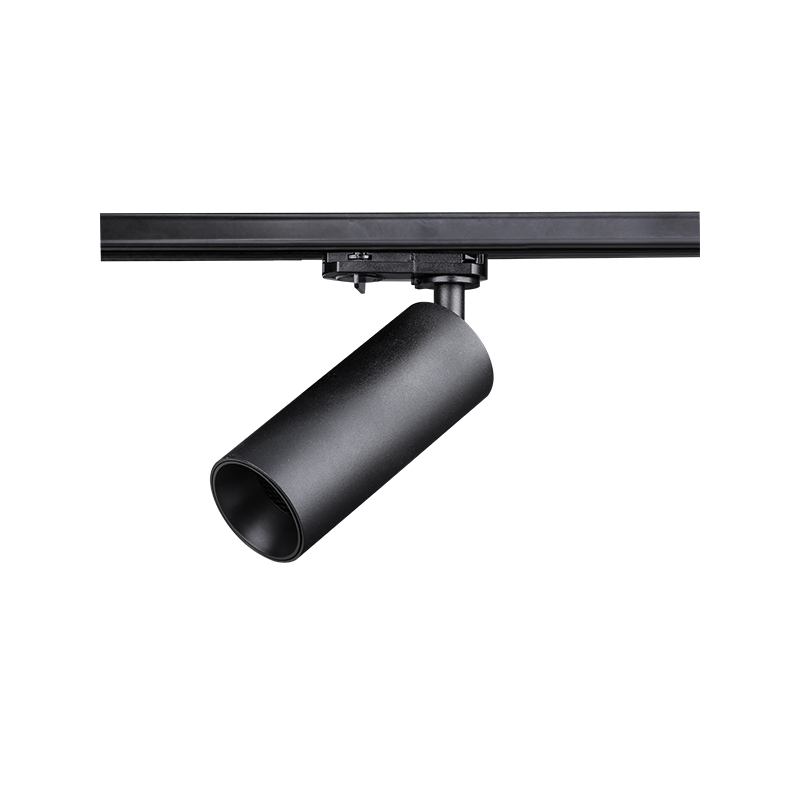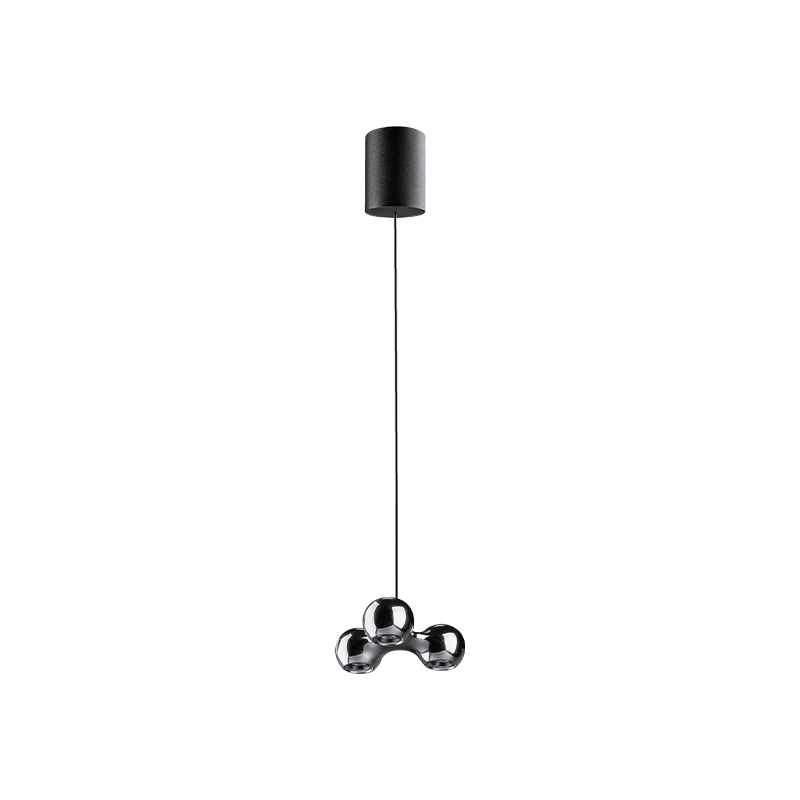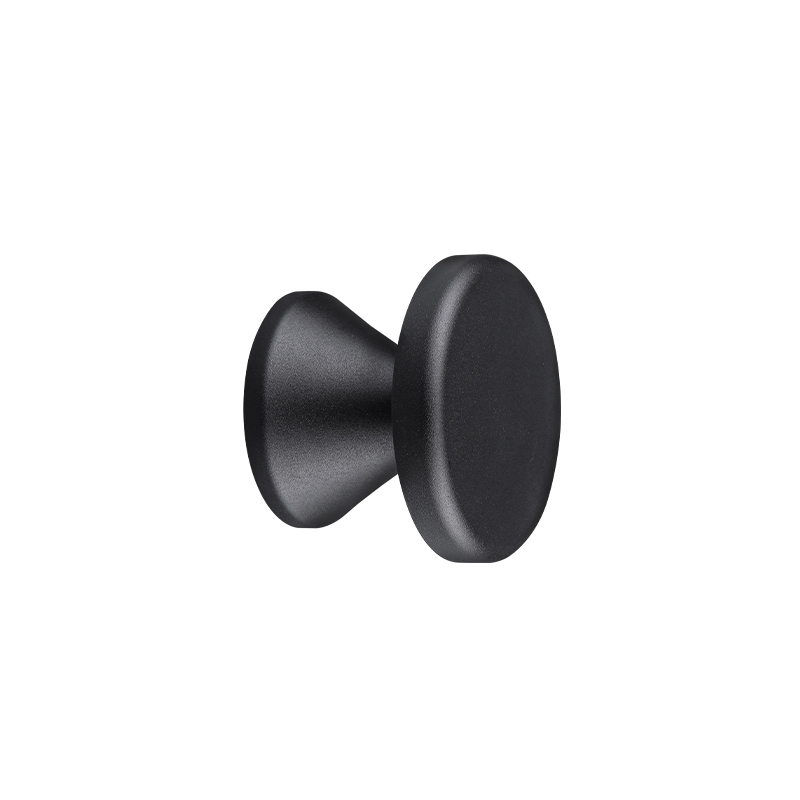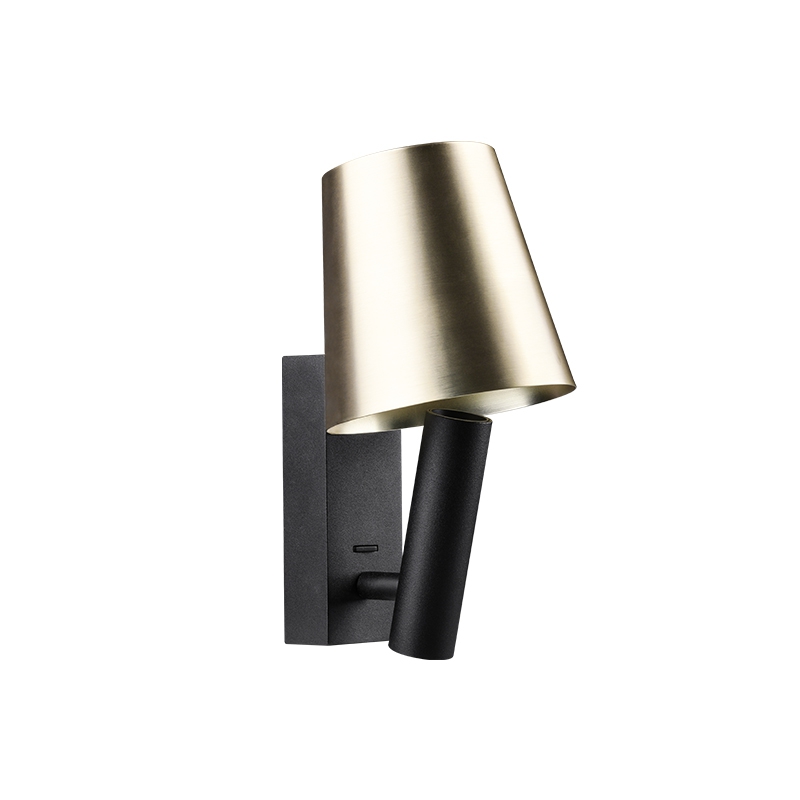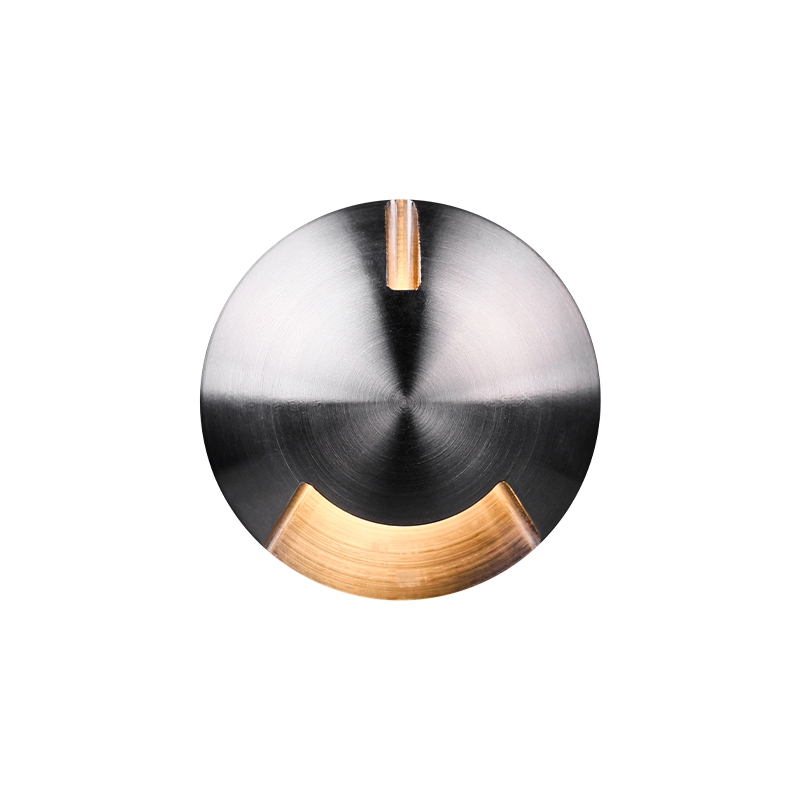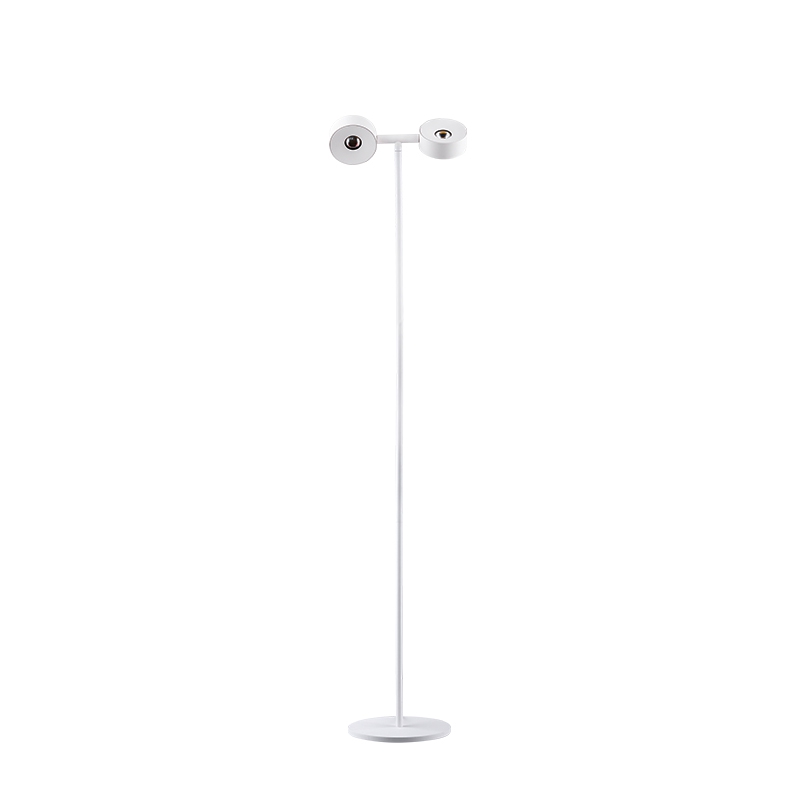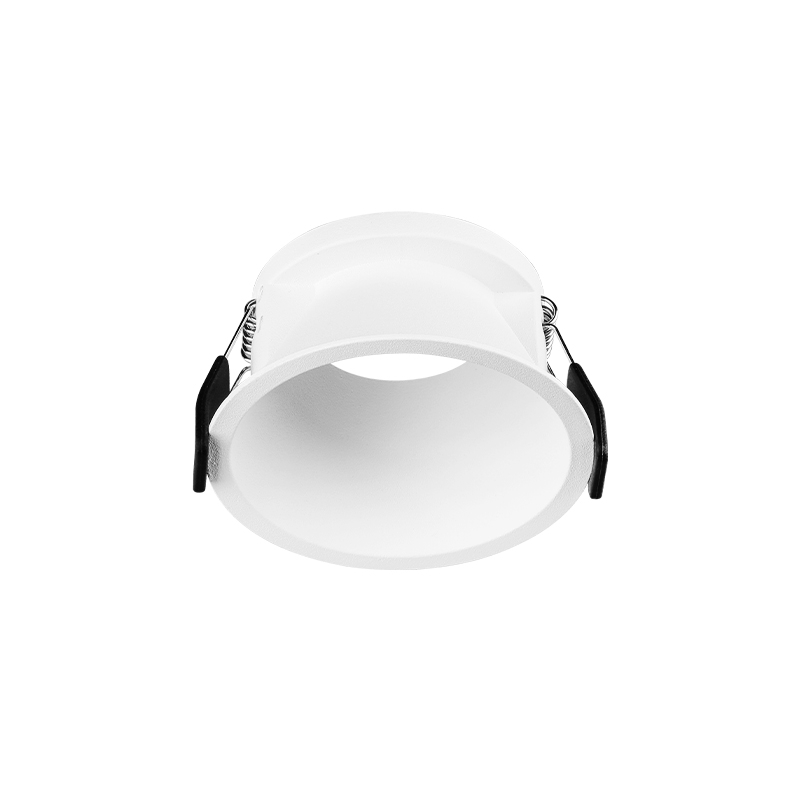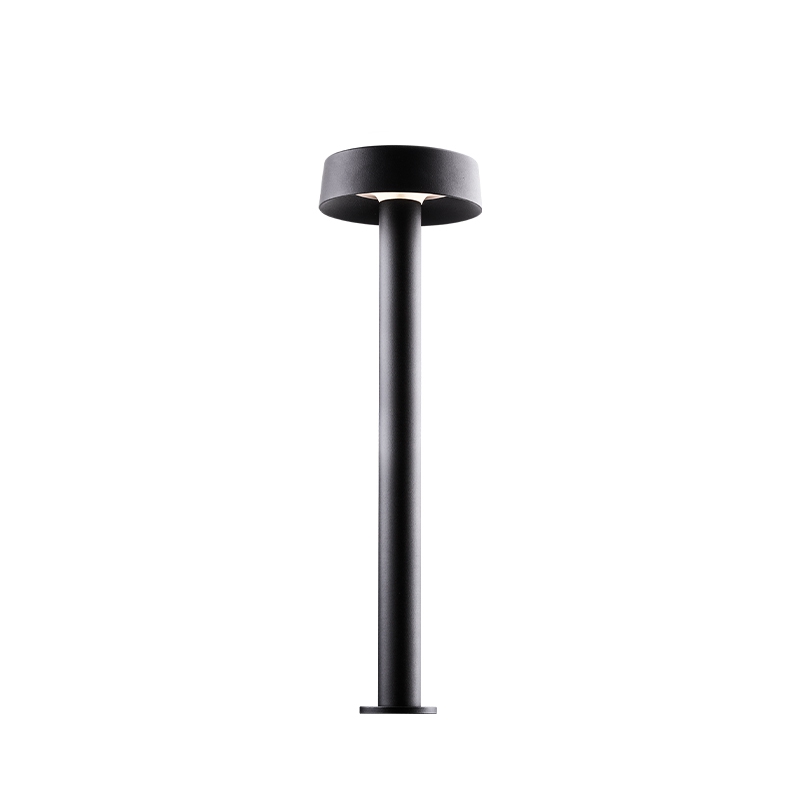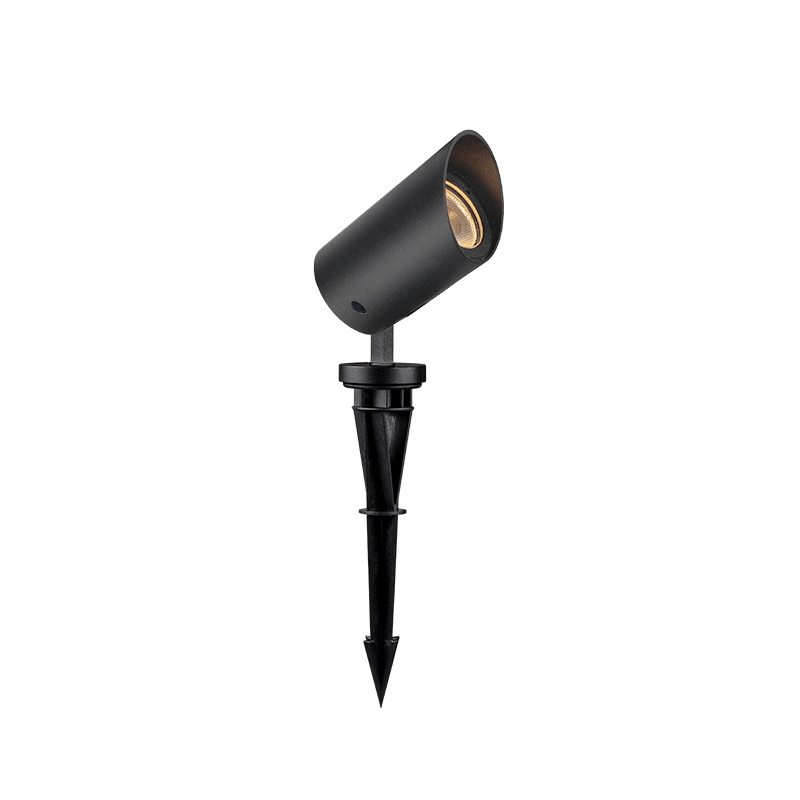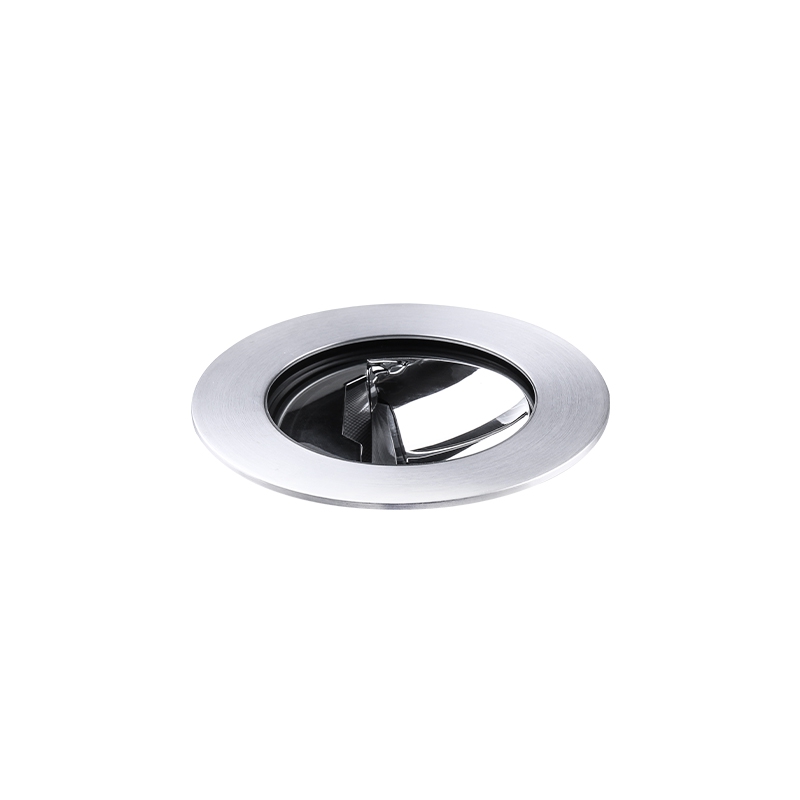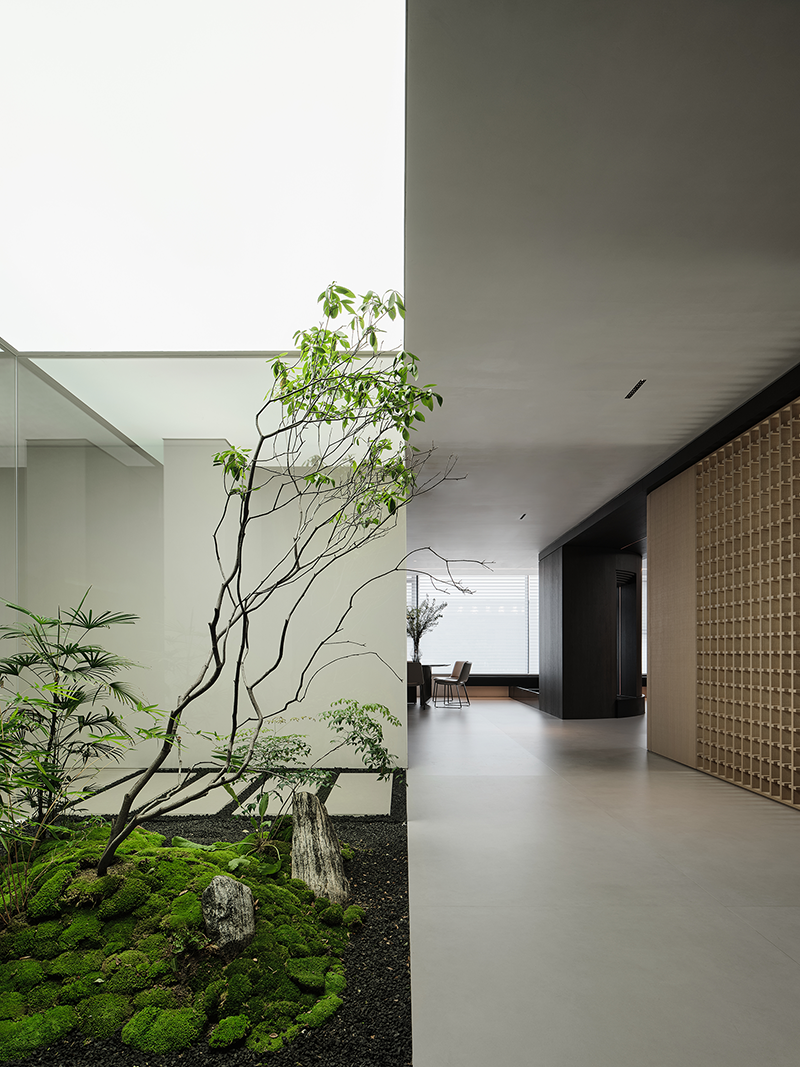
As the morning mist rolls over the arched windows of the Uffizi Gallery in Florence, and as the moonlight caresses the glass workshops on Murano Island in Venice, ALPHALUCE's narrative of light and shadow quietly begins within this artistic heritage. Renowned as the "Hermès of lighting fixtures," it has never sought to define luxury with mere extravagance; instead, it has, through its 60-year-old brand legacy, fused Italy's artistic heritage, its devotion to craftsmanship, and its profound understanding of light, to create timeless masterpieces that can converse with time itself.

Artisans of Light and Shadow from the Renaissance Period
The essence of ALPHALUCE is infused with the artistic genes of the Italian Renaissance.The founder of the brand, once said, "Light is not created, but rather awakened—much like Michelangelo awakening David from marble. We merely allow light to find its most captivating forms within materials." This unwavering dedication to "awakening" has become the unchanging cultural core of the brand.
In the restoration project of the Palazzo Vecchio in Florence, ALPHALUCE customized a series of wall sconces for this building, which has witnessed the rise and fall of the Medici family. Designers delved into 16th-century lighting manuscripts, meticulously handcrafting wrought iron replicas of the curves of those time's candelabras, then employing nanometer-level soft light technology to replace open flames. As warm, amber light filters through frosted glass, casting a gentle glow on the weathered stone walls, it creates an ambiance that is eerily similar to that of five hundred years ago. When, at night, the Palazzo Vecchio once again embodies the rhythmic interplay of light and shadow reminiscent of the Renaissance period, people come to understand that the designs of ALPHALUCE are not mere creations but rather reverent continuations of history.

Let each lamp become a unique "fingerprint of light"
Just like Hermès adheres to its philosophy of “one piece of work, one artisan”, ALPHALUCE’s workshop has never had two identical production lines. In the glass workshops cooperating on Murano Island, the master craftsmen still use the “breathing blowing method” passed down since the 13th century to create lampshades: the artisan slowly exhales into the iron tube, and the glass stretches in sync with the rhythm of the breath at high temperatures; the strength and duration of each exhalation make the curvature and texture of the glass become a unique “fingerprint of light”.

The "Oro Nube" series chandelier in the presidential suite of the Burj Al Arab in Dubai was created in this way. 24K gold leaf was hand-processed into 0.1-millimeter thin sheets and embedded in a double-glazed glass shade, creating a "cloud-like" effect. When light passes through, the gold leaf's luster is not harsh, but rather like filtered sunlight through morning mist, casting a layer of "broken gold" on the marble floor. The hotel's designer once remarked, "It gives the entire space a soul—it embodies both the scorching heat of the desert and the tranquil calmness of the ocean, a balance that mass production can never achieve."

Using light and shadow to reconstruct the narrative logic of space
In the world of ALPHALUCE, lamps are not isolated decorative items but rather "narrators" of space. The "Bamboo Shadow" floor lamp, specially designed for the project at the Yanyun Amana tea room in Shanghai, is a perfect example: the bronze-cast lamp stand mimics the growth curve of bamboo shoots, while artisans use laser engraving to create the veins of bamboo leaves on the handwoven linen lampshade. When the light passes through, the white walls of the tea room become "dynamic screens," and the shadows of the bamboo leaves sway gently with the breeze, making one feel as if they are in a southern Chinese bamboo forest—this is the epitome of the brand's concept of "the way light travels": using light as a bridge that connects spaces and emotions.

What is even more astonishing is the "Luce Tempo" installation at the Milan Triennale. Three sets of rotating prism lights slowly move as time passes, cutting the concrete walls of the exhibition hall into golden geometric fragments in the morning light; at noon, the light passes through colored glass, creating the outline of Leonardo da Vinci's "Vitruvian Man" on the floor; at dusk, the warm light once again bathes the entire space in the hues reminiscent of Michelangelo's "Creation" frescoes. This "Exhibition of Light's Timelessness" shows the world that ALPHALUCE has long since transcended the realm of lighting fixtures, instead using light and shadow to convey philosophical ideas.

Luxury that endures the test of time
True luxury is the vitality that endures the test of time; ALPHALUCE's custom display cabinet lights for the East Wing of the Metropolitan Museum of Art in New York utilize aerospace-grade aluminum alloy and UV-resistant glass to ensure that they can precisely illuminate Monet's Water Lilies for a century without causing any damage to the artwork; meanwhile, its outdoor wall lights designed for a private castle have weathered ten years of Alpine snow and wind, yet the copper base still retains a warm, verdant patina, while the light remains as clear as it was at first.
Just like Hermès Birkin handbags can fetch astronomical sums at auction houses, ALPHALUCE's early works have also become highly sought-after by collectors. In 2023, a marble table lamp was auctioned off in London, and it never flaunts its brand identity, as every trace of craftsmanship is the finest seal of quality.

When the lights flow through ALPHALUCE's works, we see not only the art of illumination but also the Italians' reverence for life: they believe that the most precious thing is not the expensive materials but the time, emotions, and faith invested in them. This might be the reason why ALPHALUCE is able to stand shoulder to shoulder with Hermès—in an era where speed is prized above all else, both brands persist in safeguarding the luxury of "slow," ensuring that every piece they create becomes a timeless story.

